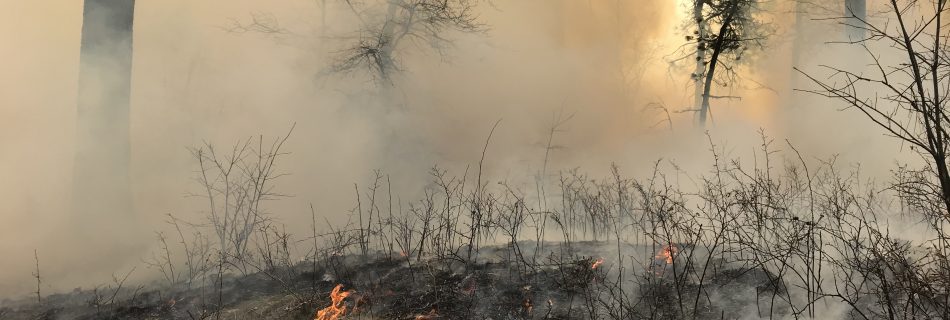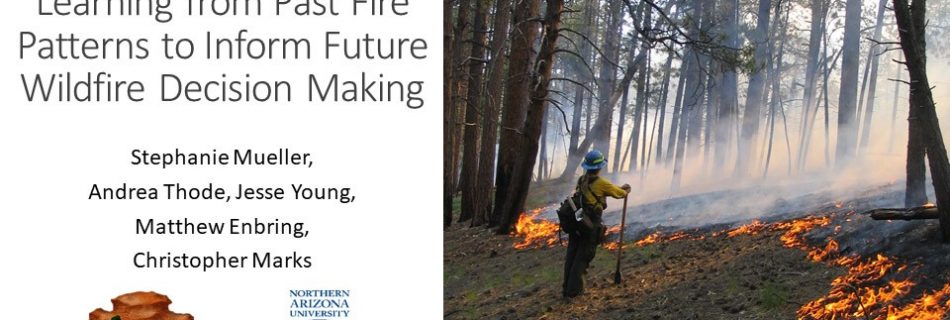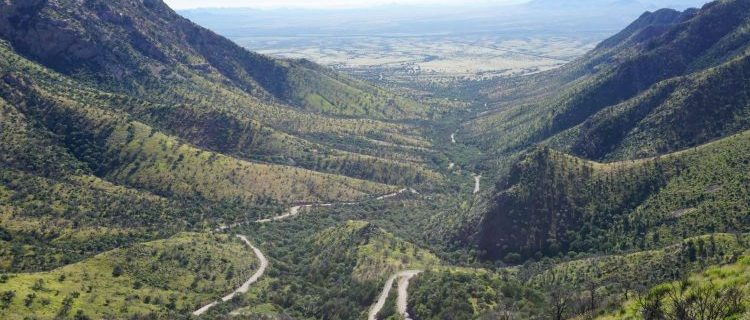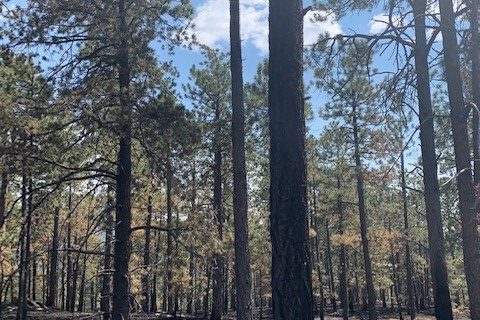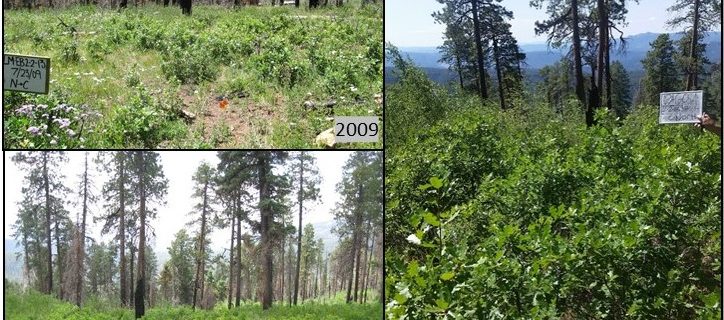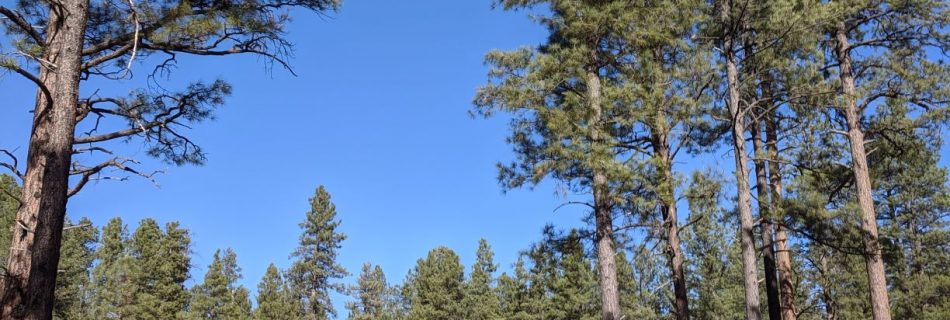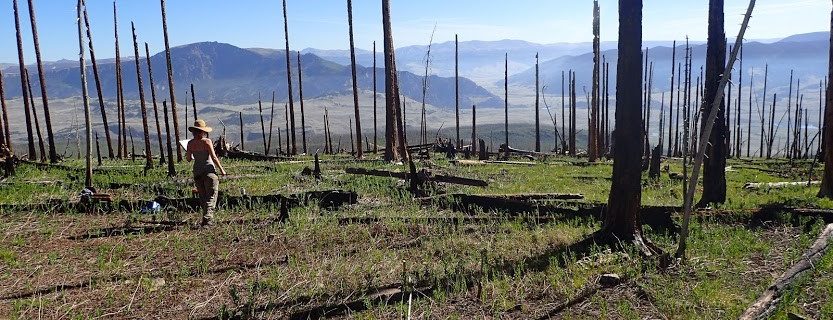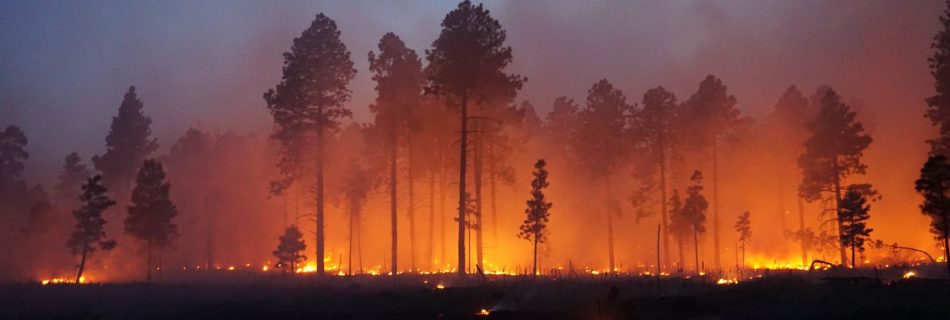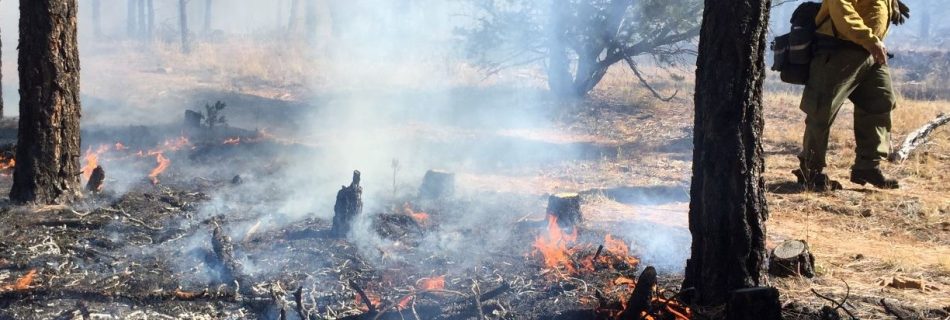Managed Wildfire
Date: March 23, 2022 11am AZ/12pm Mountain DaylightPresenters: Stephen D. Fillmore, PhD Student, University of Idaho, Dr. Sarah McCaffrey To improve understanding of the managed wildfire decision-making process on federal lands (USA), we conducted a mixed methods review of the existing literature. The review was published in September, 2021 in the journal Fire. The review …

